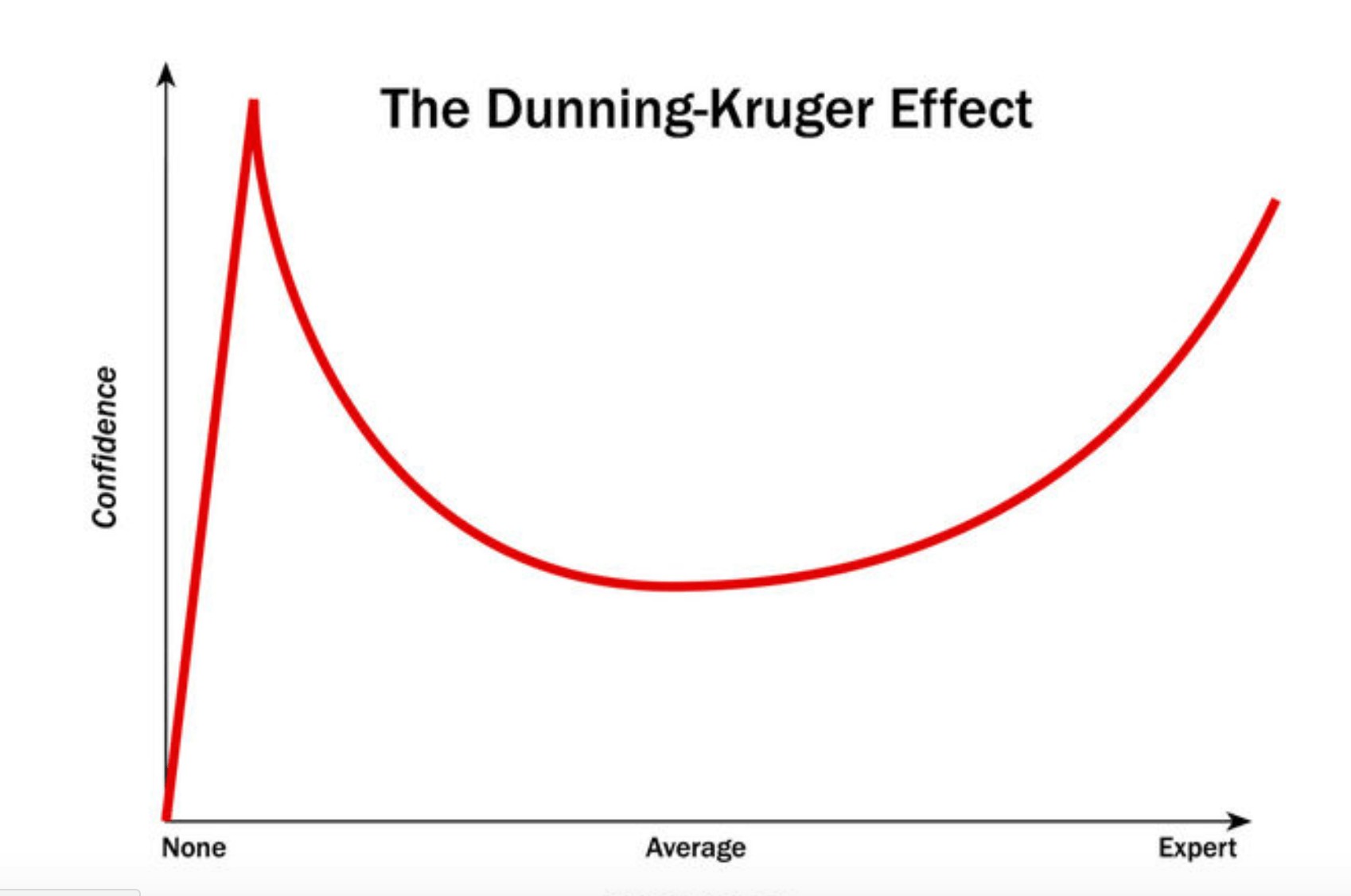Around a year ago, I fell into a common trap for aspiring Mandarin learners: the fluency delusion. After years of struggling, I’d finally found a method that worked and made significant progress. I mistakenly believed “fluency” was within reach. This article explores why you might want to reconsider learning Mandarin, drawing on my personal experience and highlighting common pitfalls.
The Allure (and Illusion) of Fluency
While I could hold basic conversations, true fluency, the ability to effortlessly understand complex content like television or news broadcasts, remained elusive. My 80% comprehension of everyday vocabulary translated to near 0% understanding of nuanced or specialized topics. This initial rapid progress, common in the early stages of language learning, creates a misleading sense of accomplishment. It’s like understanding “The quick brown *&%&@ jumped over the lazy *%$^@,” – you might grasp individual words but miss the overall meaning. 
The Deceiving Rate of Progress
Overcoming this initial hurdle, I encountered another pitfall: the belief that fluency was just around the corner. Having learned the most frequent 3000 words, I assumed mastering the remaining vocabulary would be quick. This is a classic miscalculation. While the most common words cover a large percentage of daily conversation, achieving true fluency requires tens of thousands more, a significantly longer and more arduous process. This overestimation of progress is often attributed to the Dunning-Kruger effect, where limited knowledge leads to inflated self-assessment.
The Myth of Input Alone
My initial success with comprehensible input, immersing myself in Chinese content, led to another misconception: that input alone was sufficient. While crucial for language acquisition, input alone falls short when mastering characters and tones. While extensive reading helped with common characters, less frequent ones required dedicated study through methods like flashcards. Similarly, while passive listening improved my tones somewhat, targeted training was essential to distinguish and correctly produce subtle tonal differences crucial for accurate communication.
Rethinking the Mandarin Journey
These experiences highlight why someone might choose not to learn Mandarin. The path to fluency is long and demanding, requiring significant time, effort, and a realistic understanding of the challenges ahead. It’s not about declaring Mandarin impossible, but about acknowledging the complexities and avoiding common disillusionments.
Facing the Reality of Learning Mandarin
A realistic perspective on the extensive vocabulary required for true fluency, coupled with understanding the limitations of relying solely on input, is crucial for sustained motivation and effective learning. While initial progress can be intoxicating, a clear-eyed view of the long journey ahead is essential for achieving your language goals. Choosing to not learn Mandarin might be a valid decision if the commitment required doesn’t align with your personal resources and objectives.
